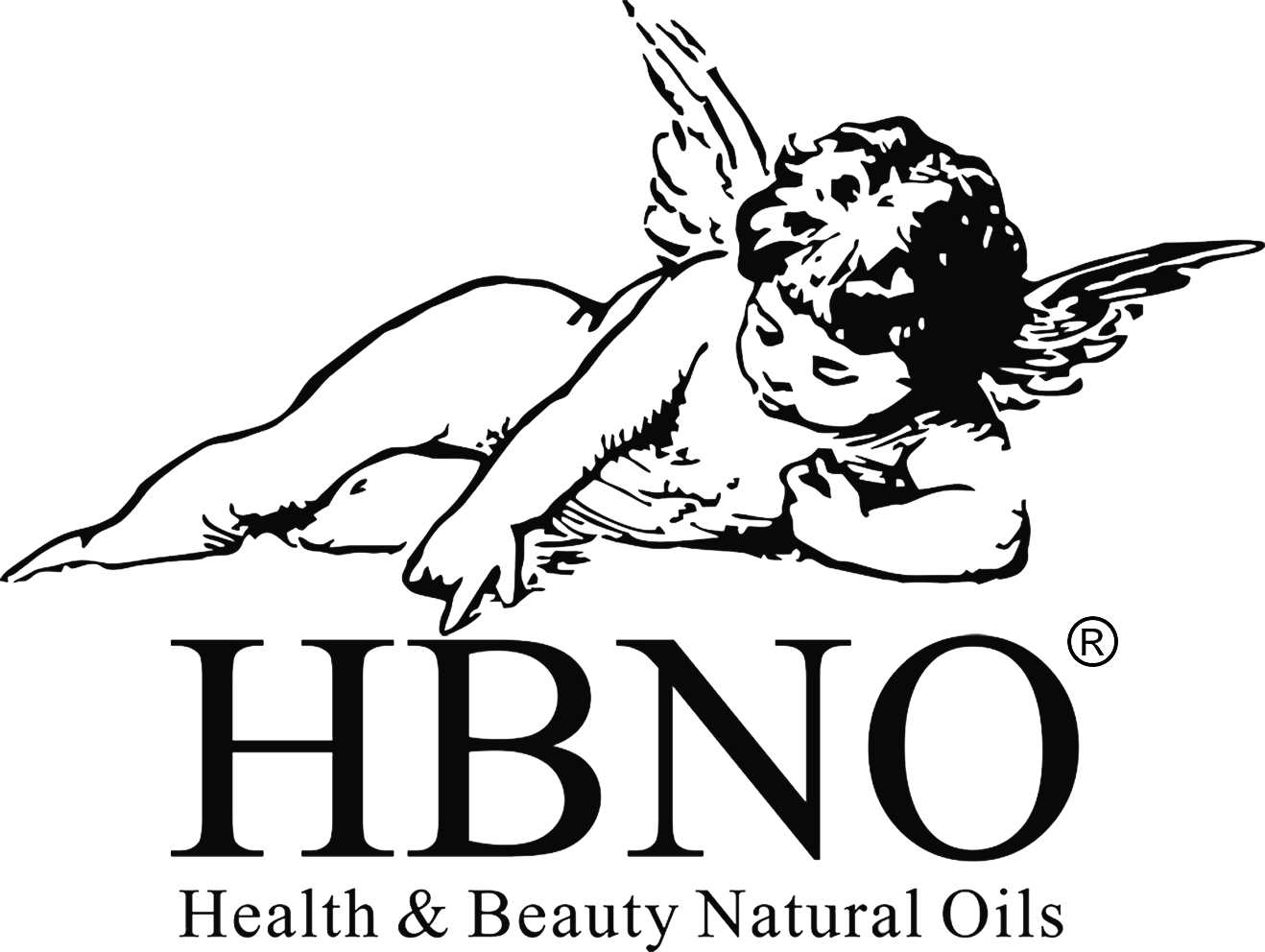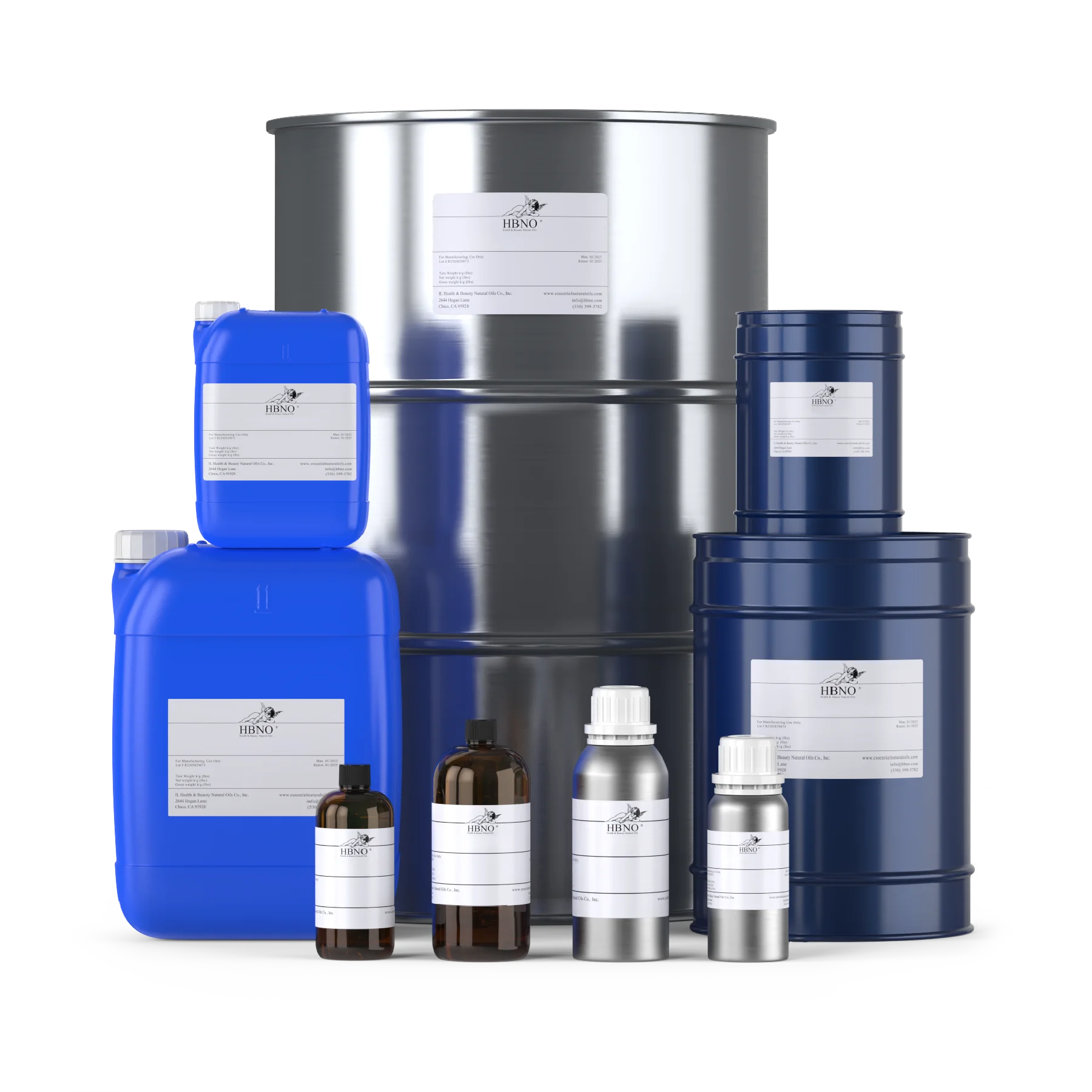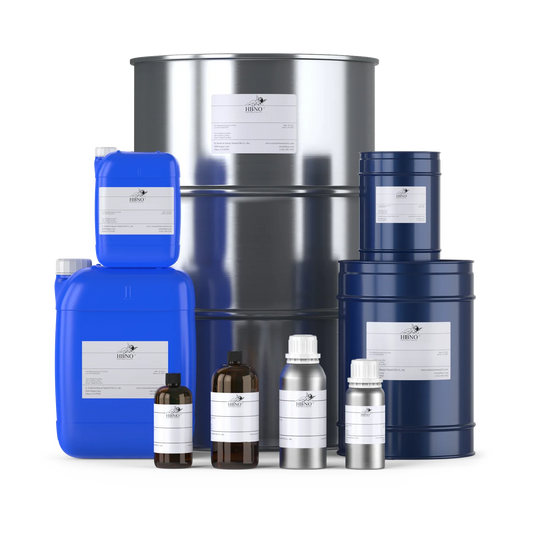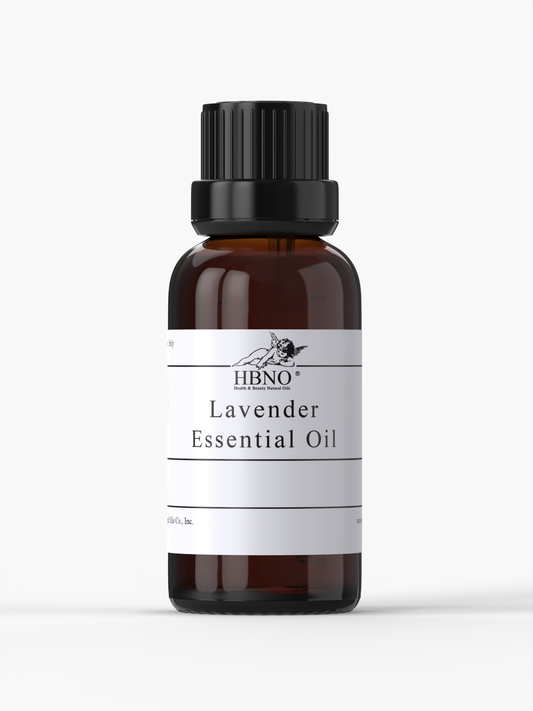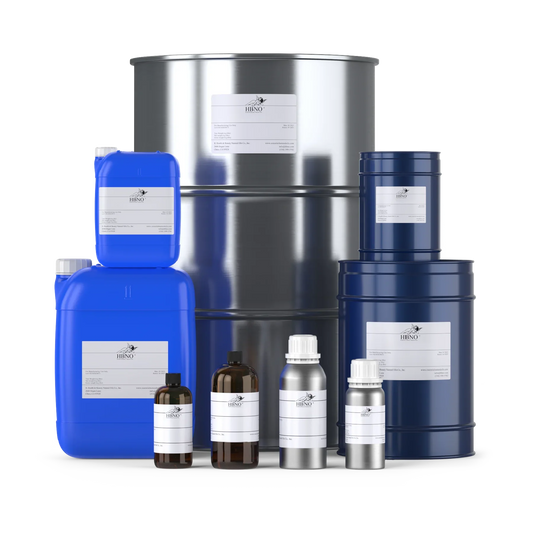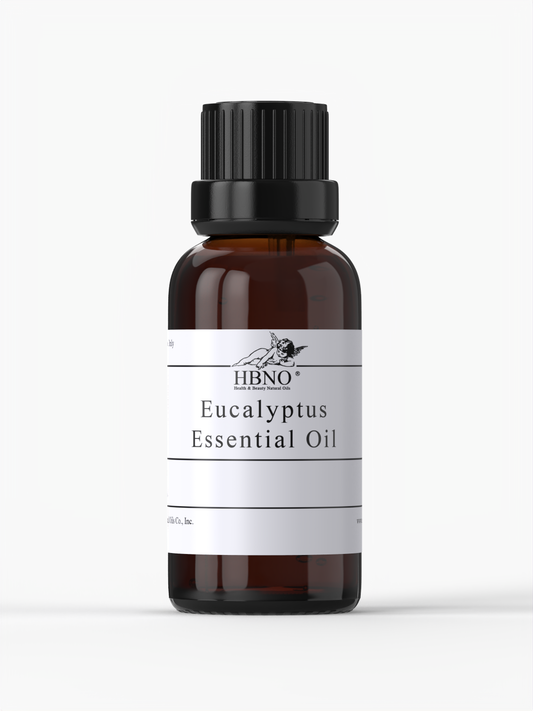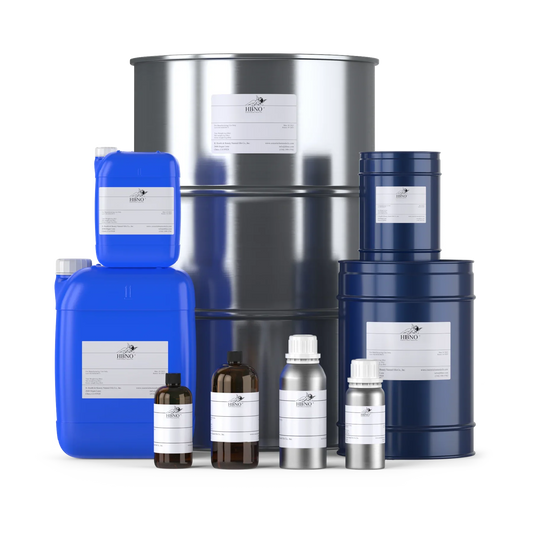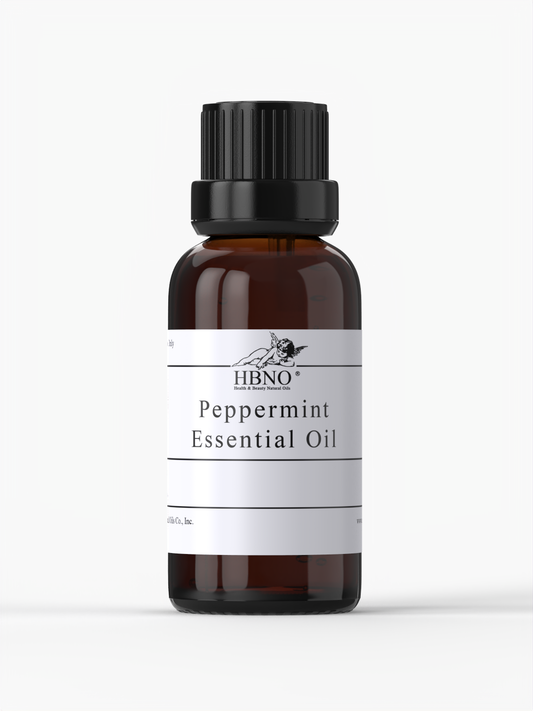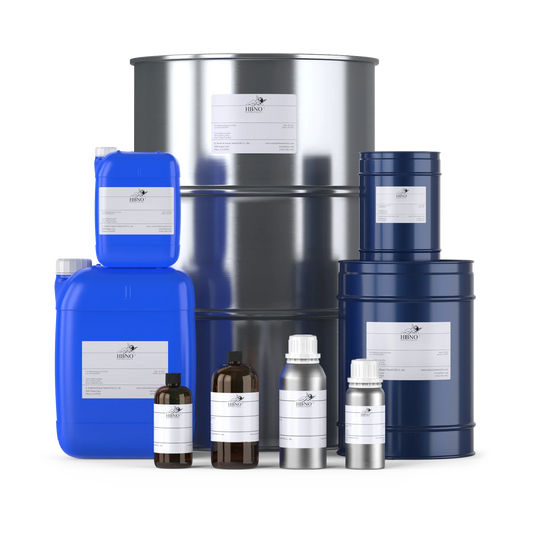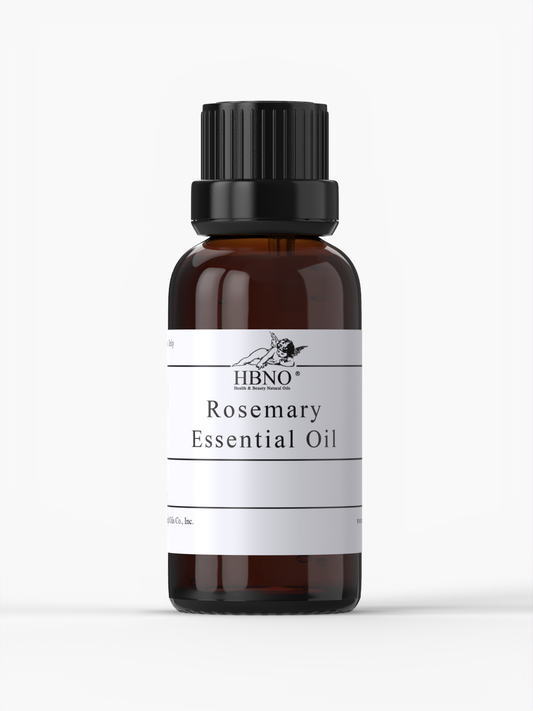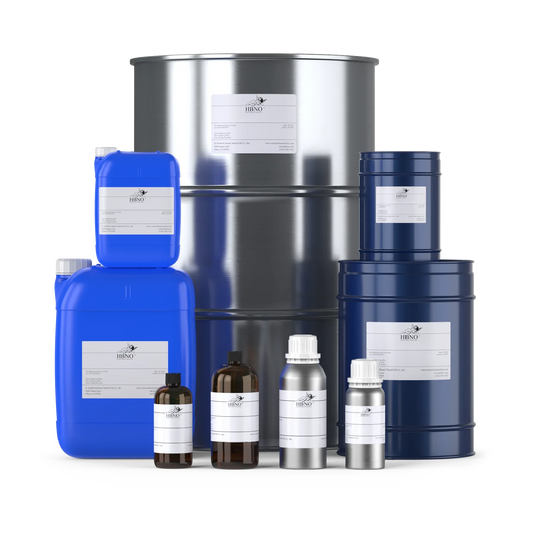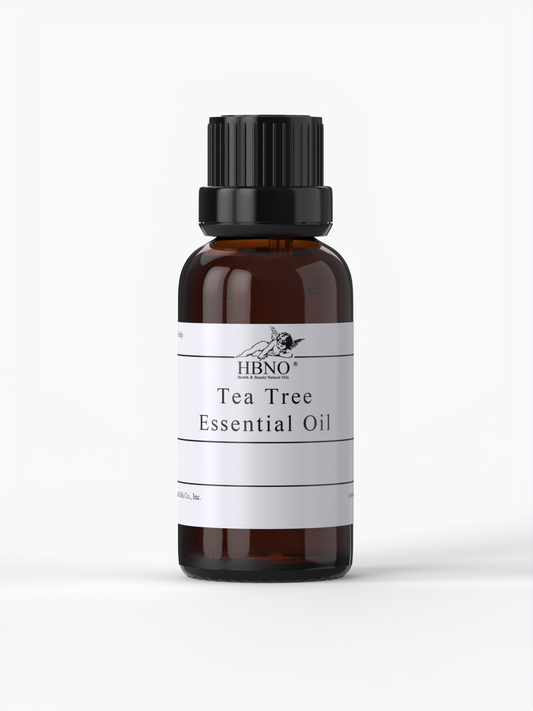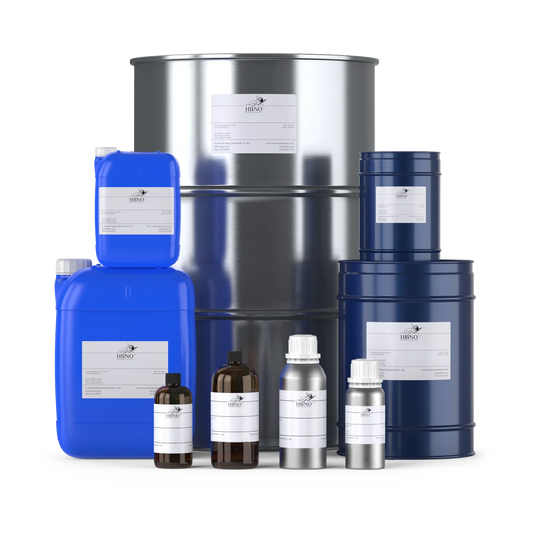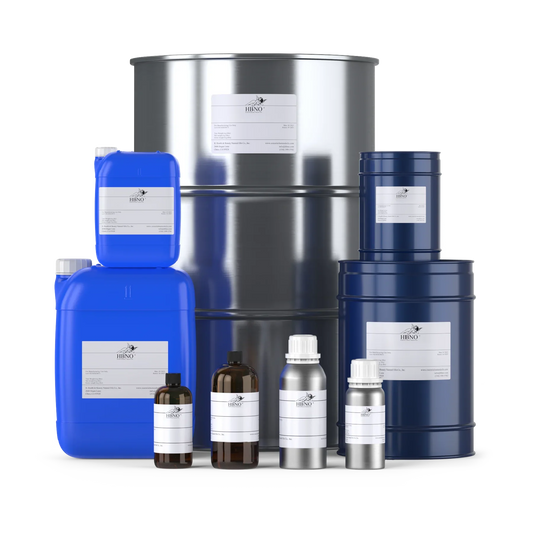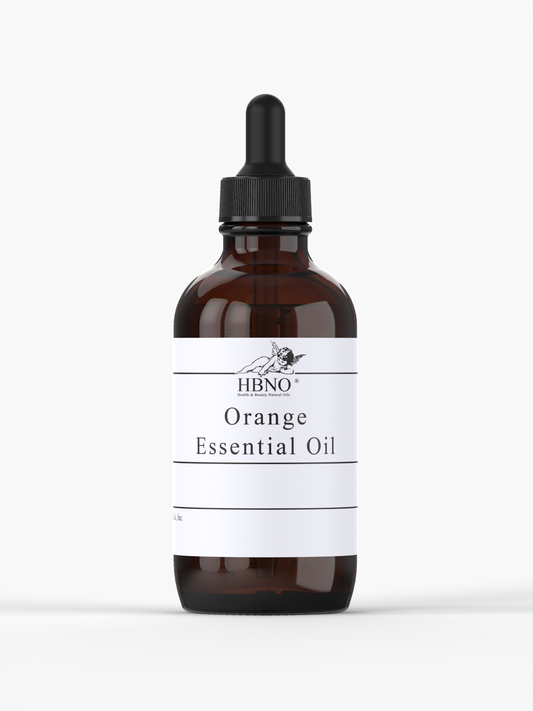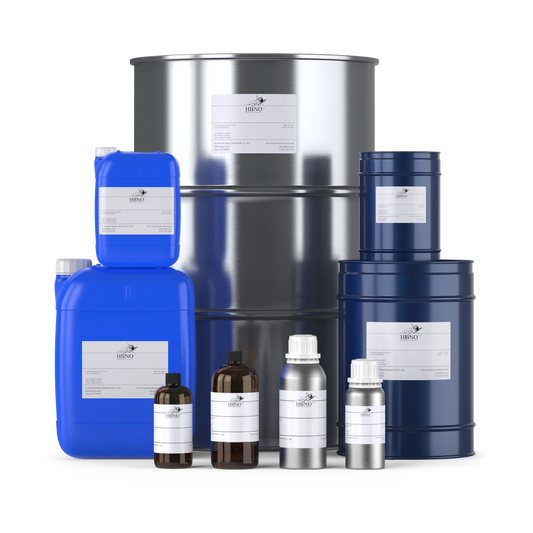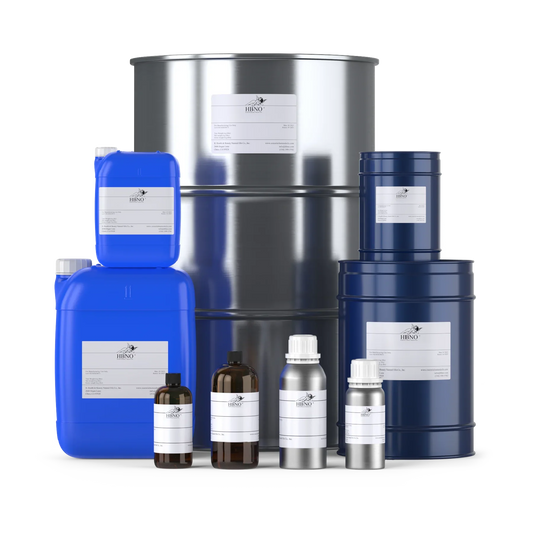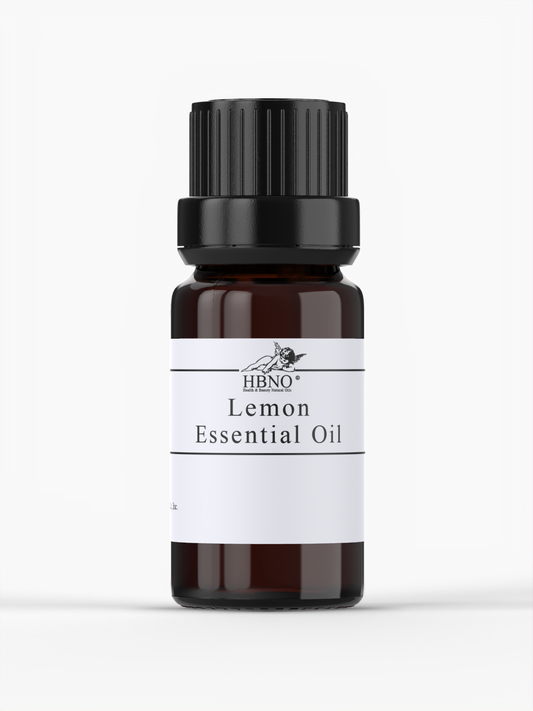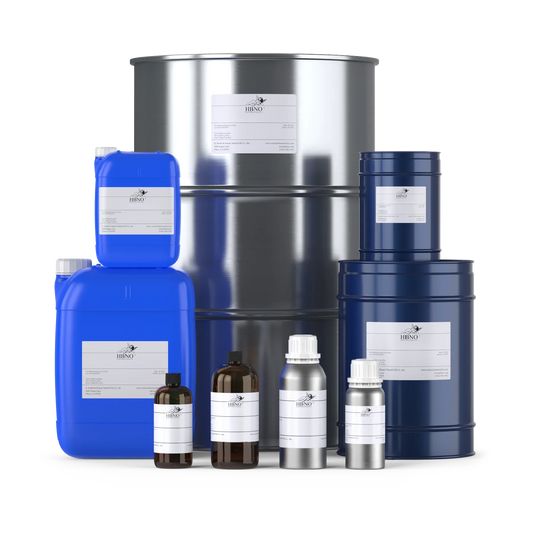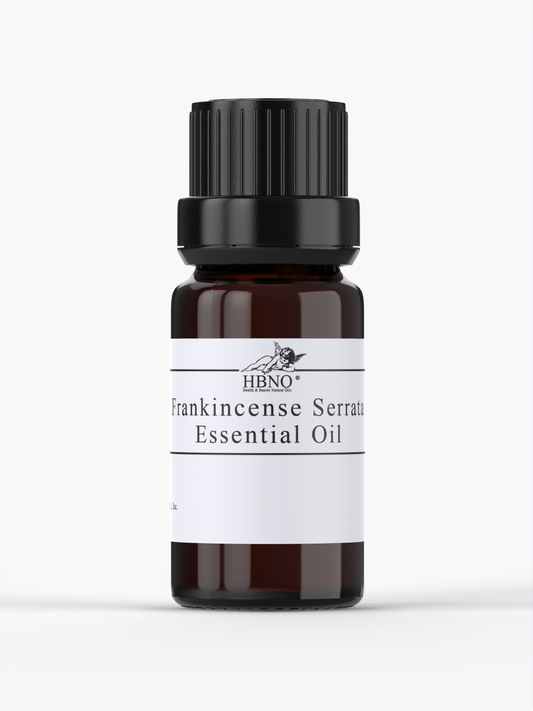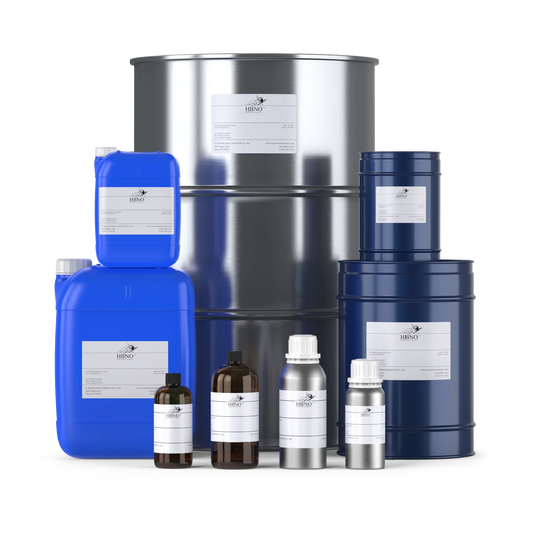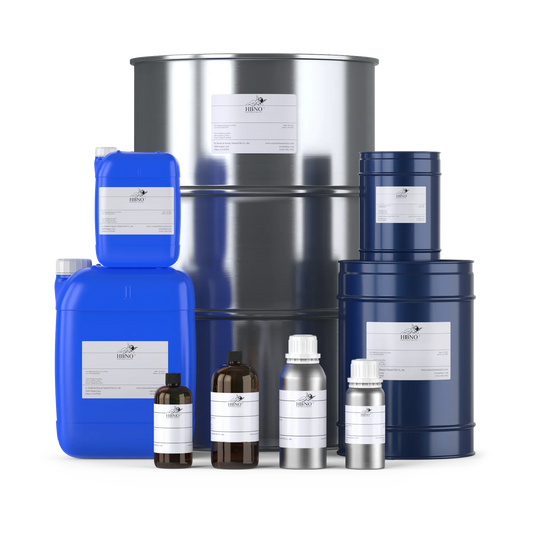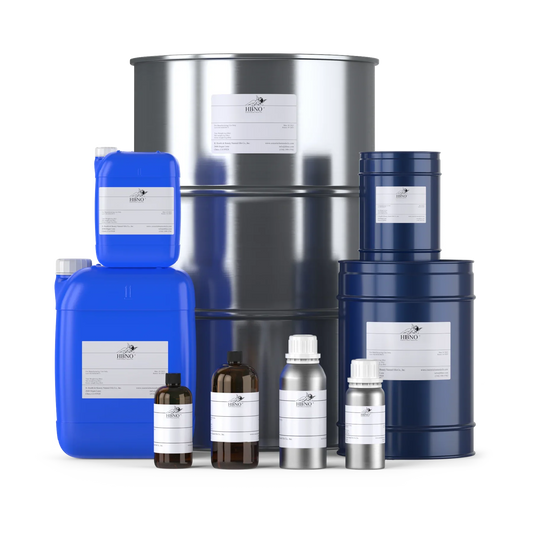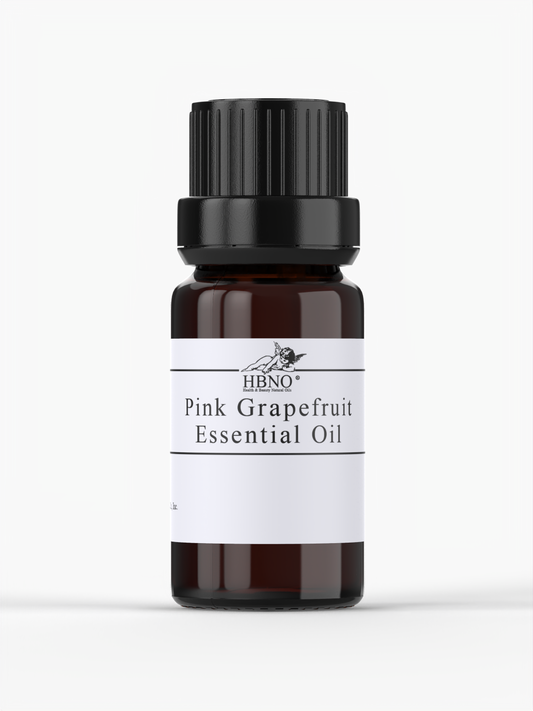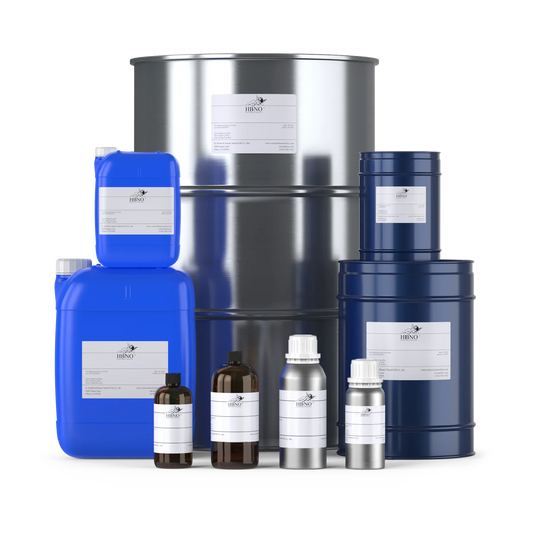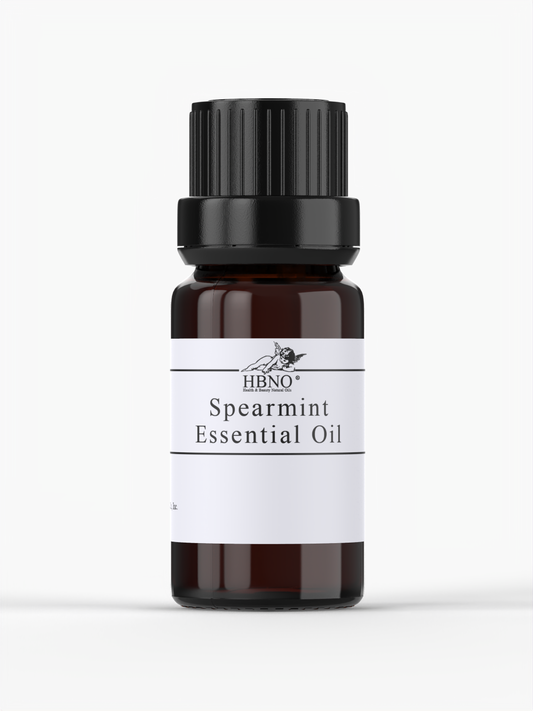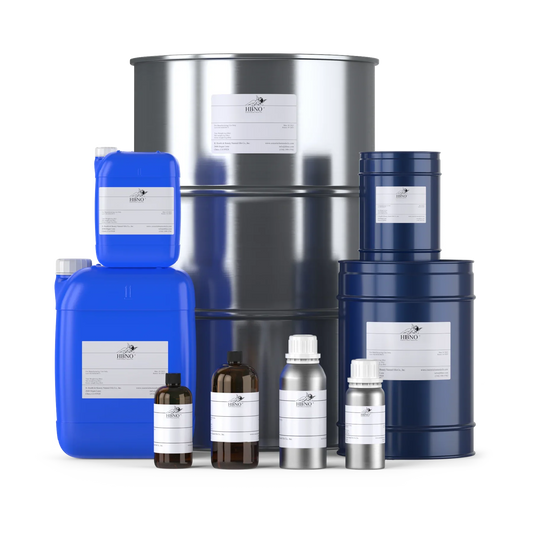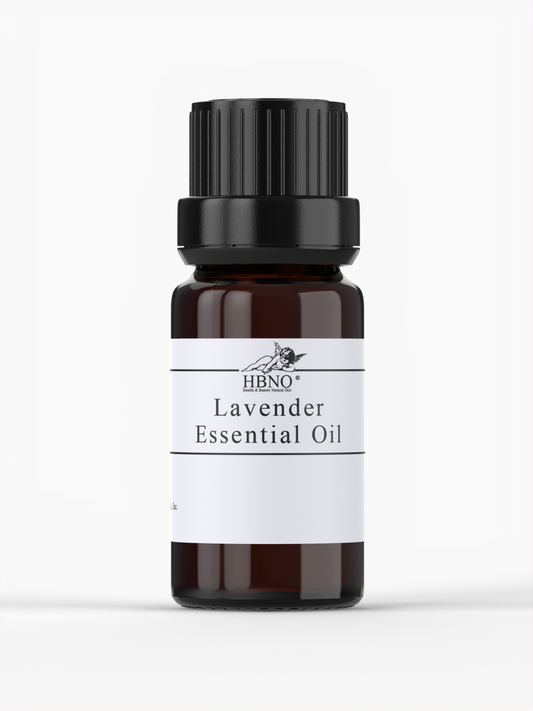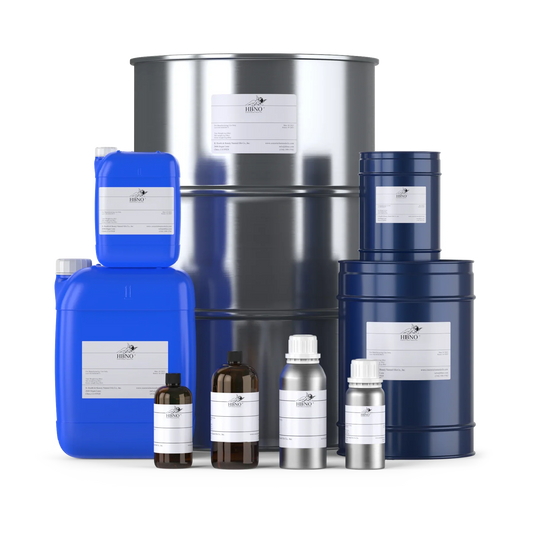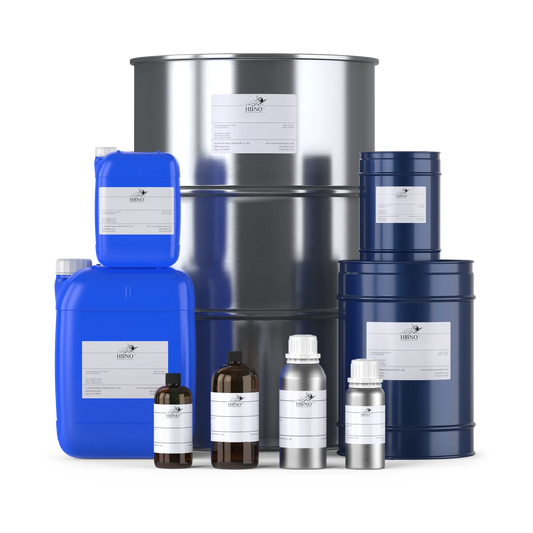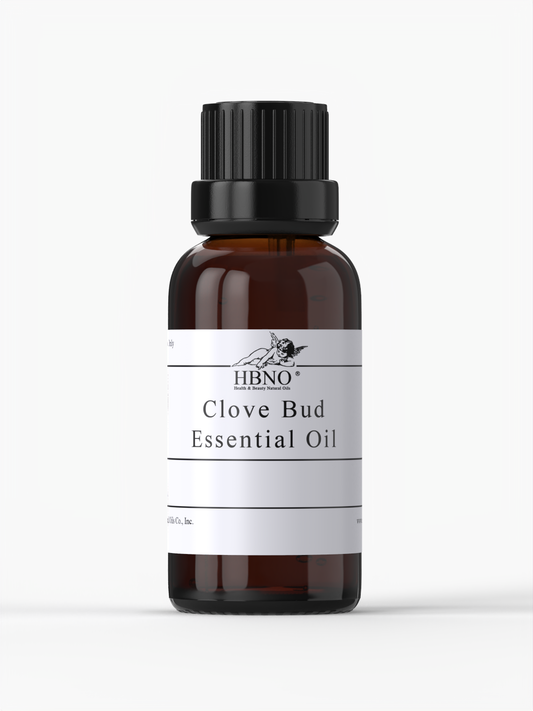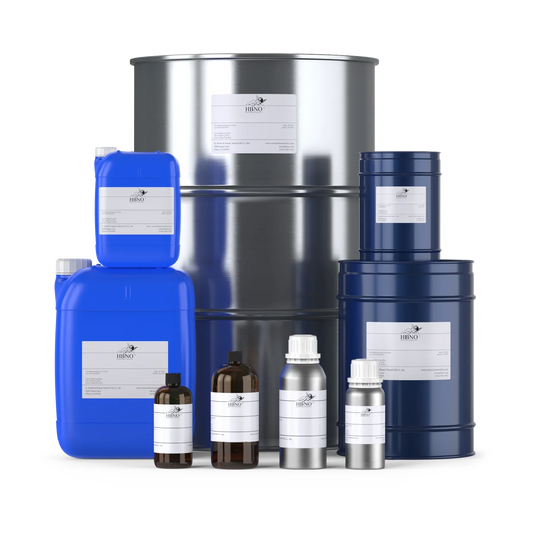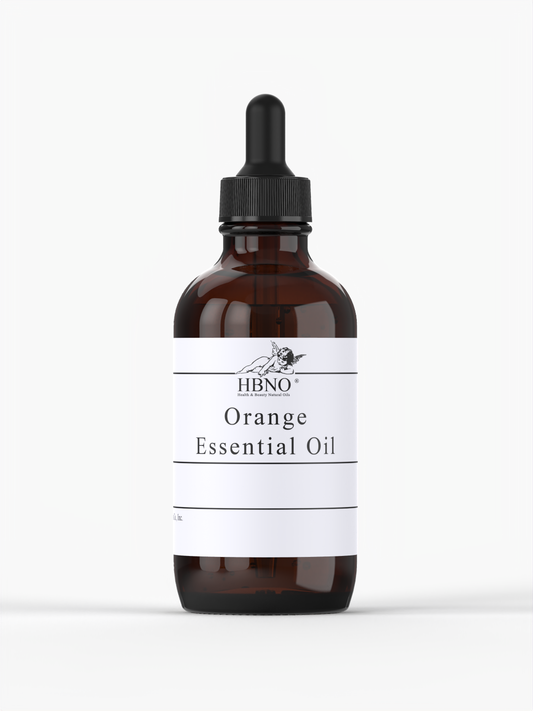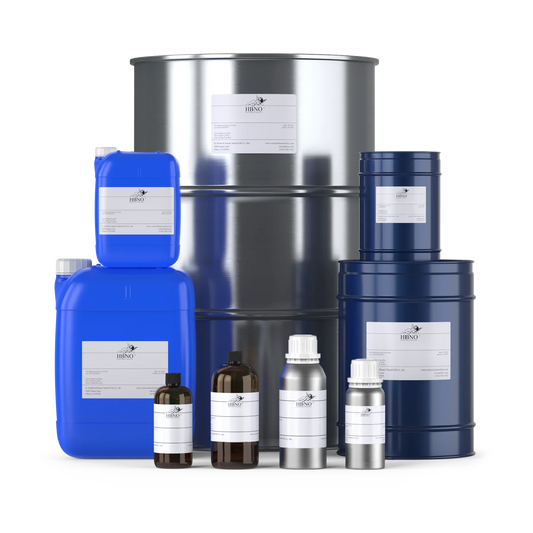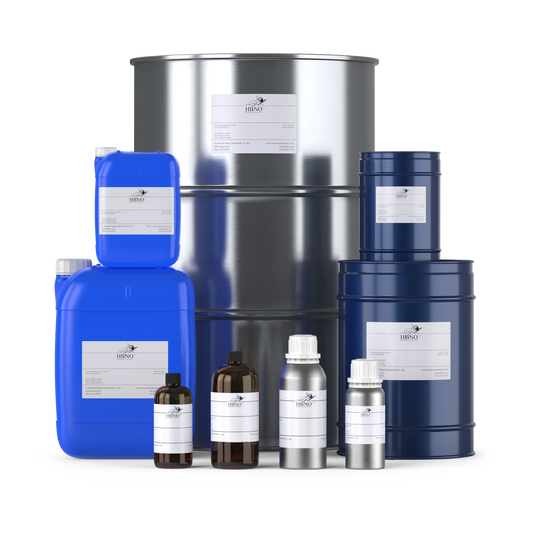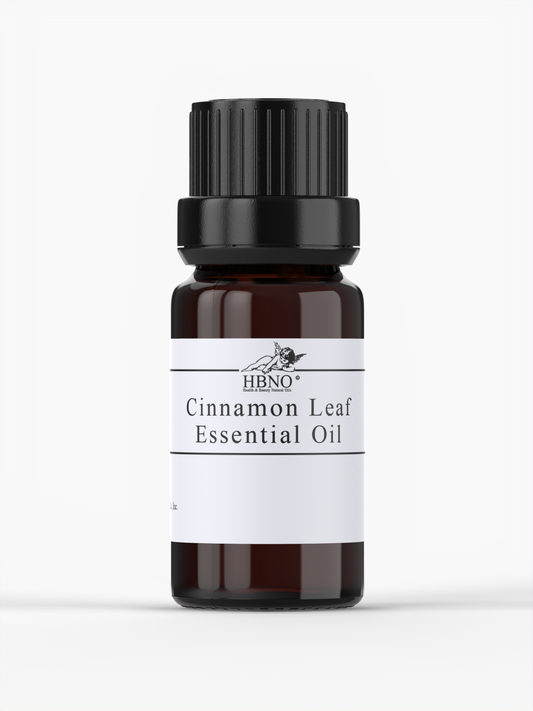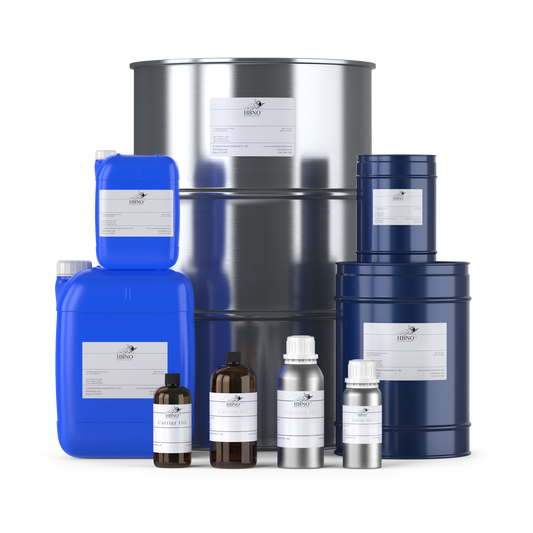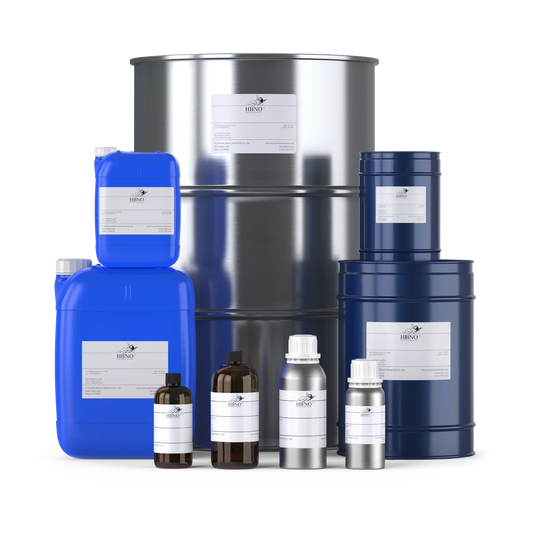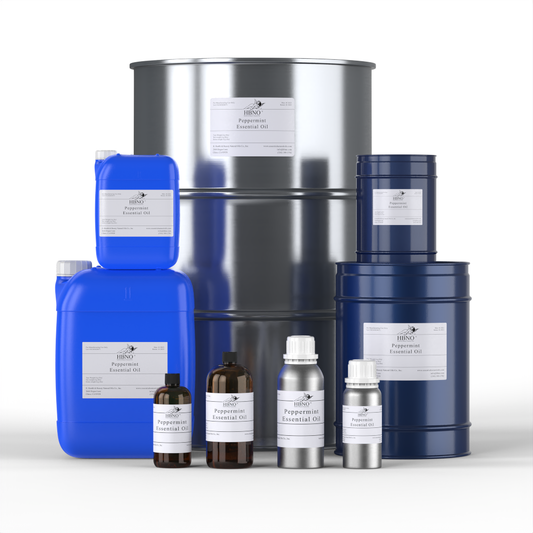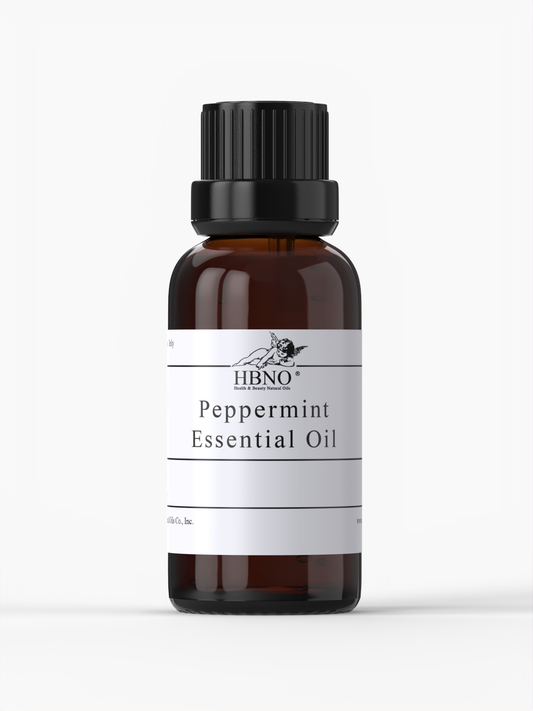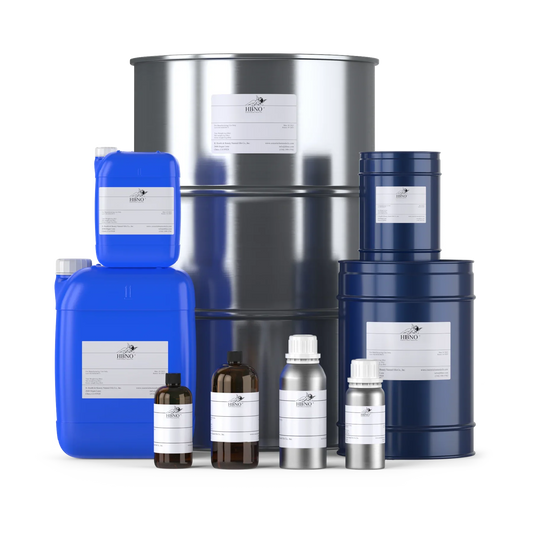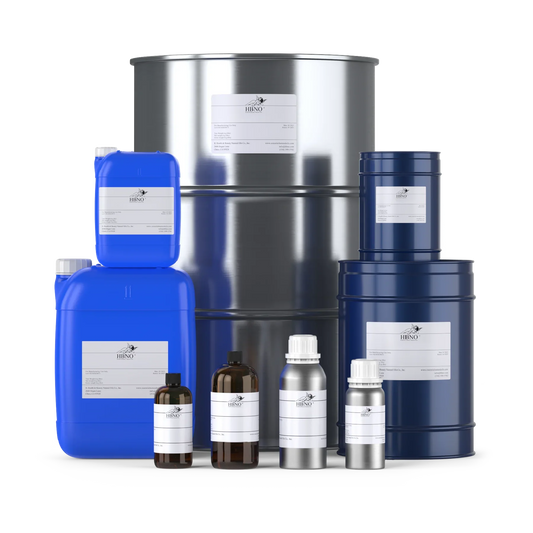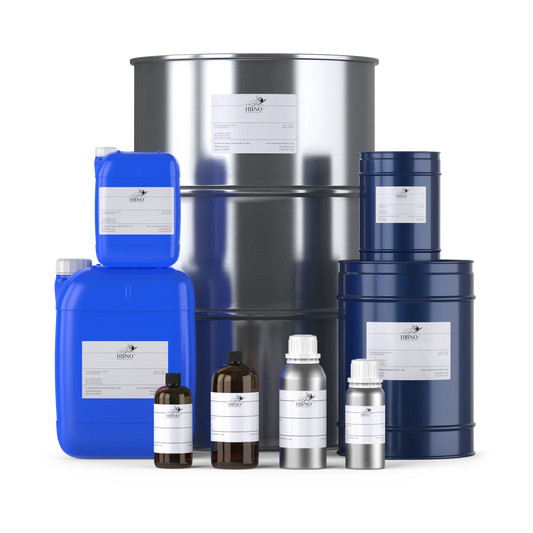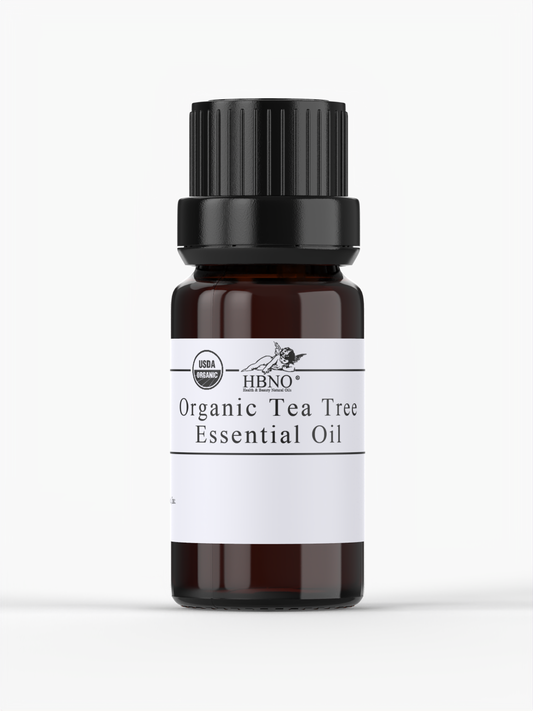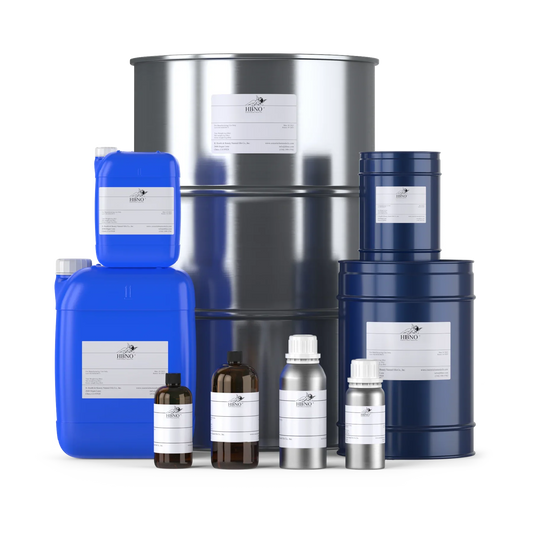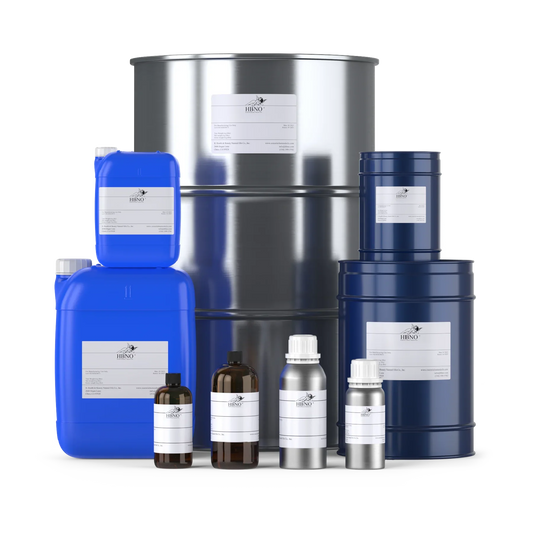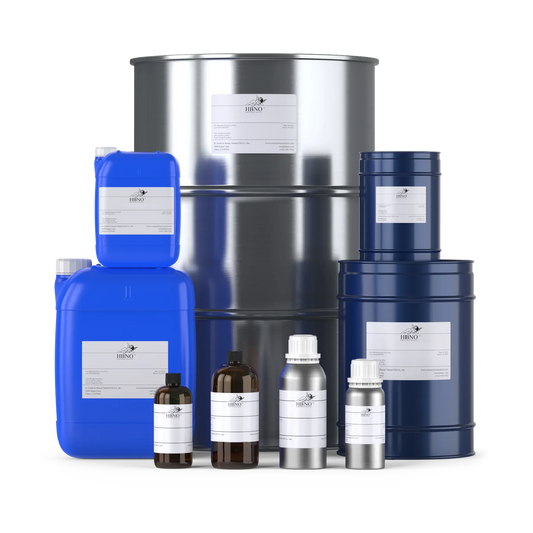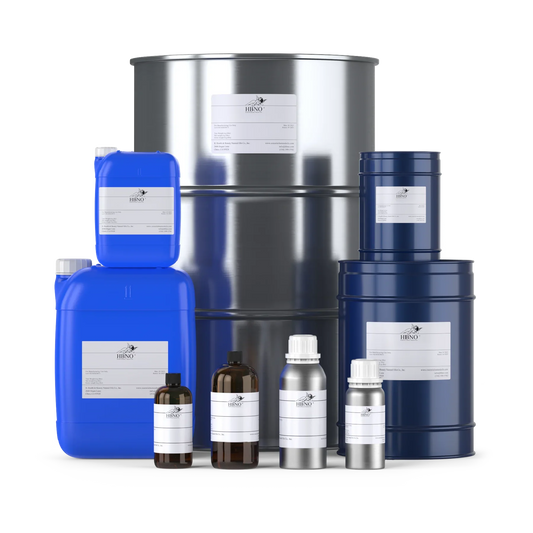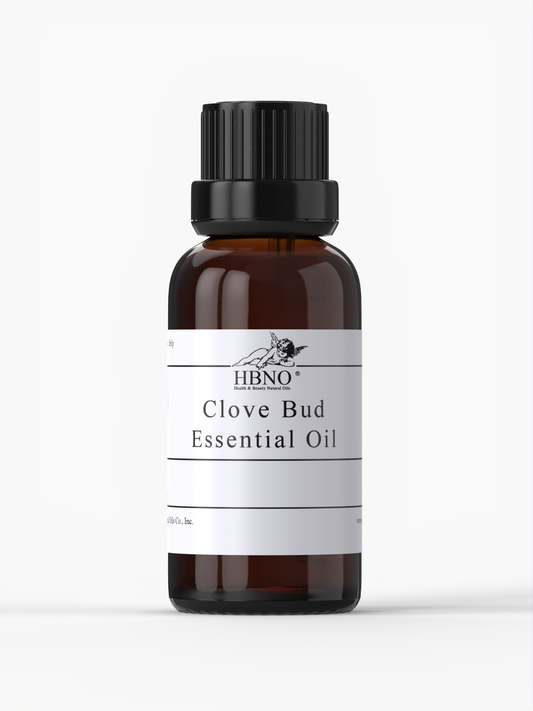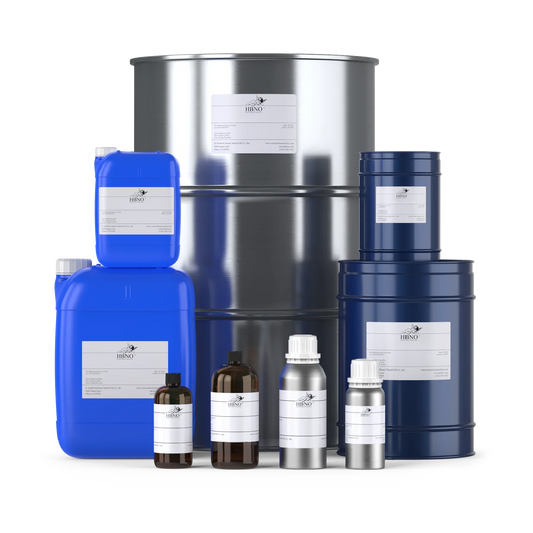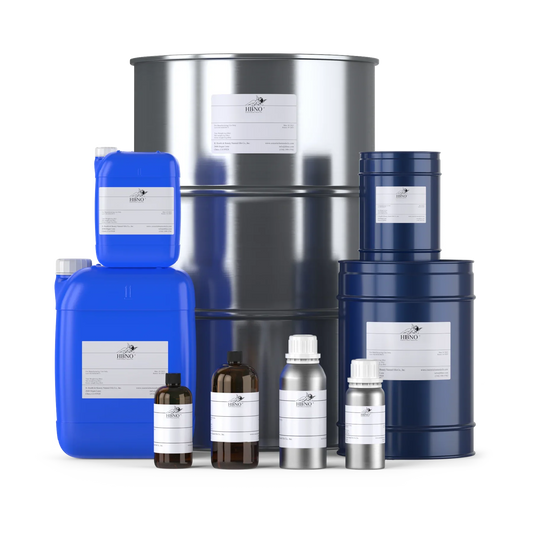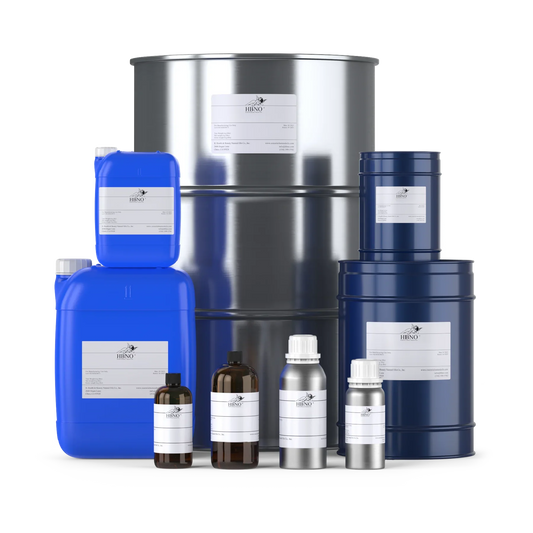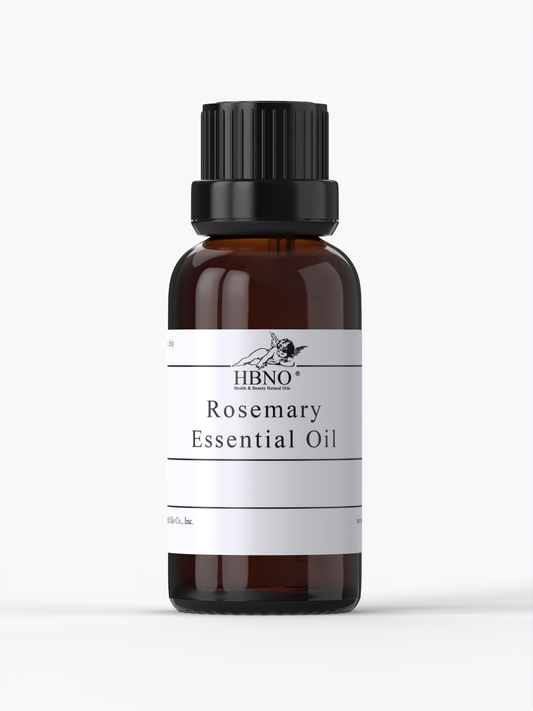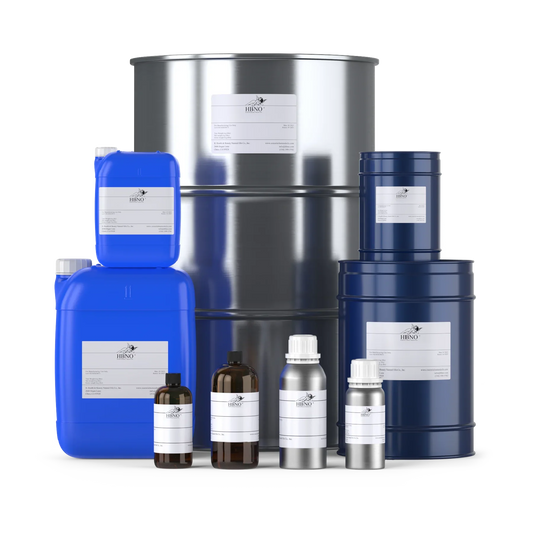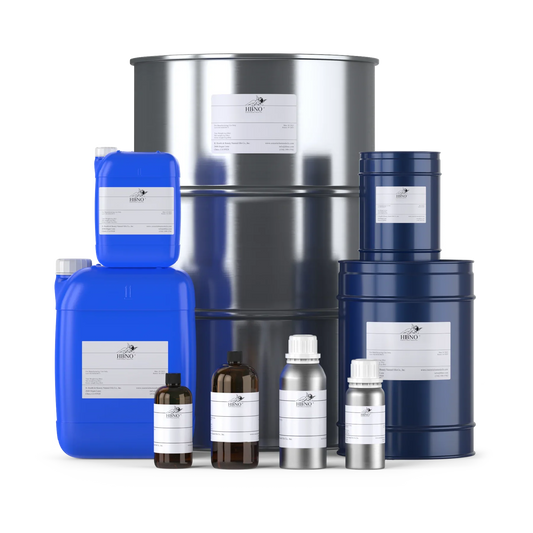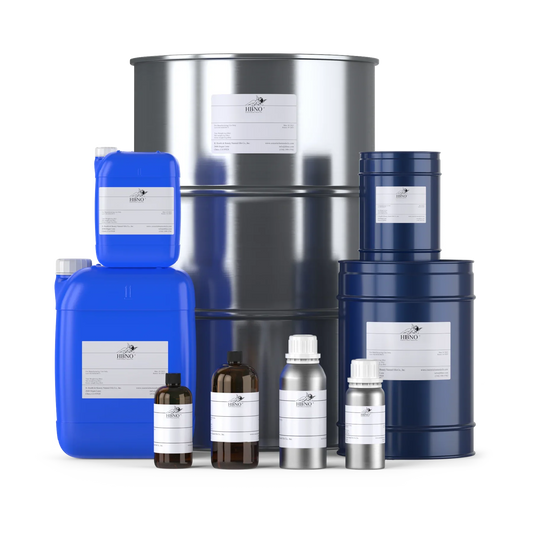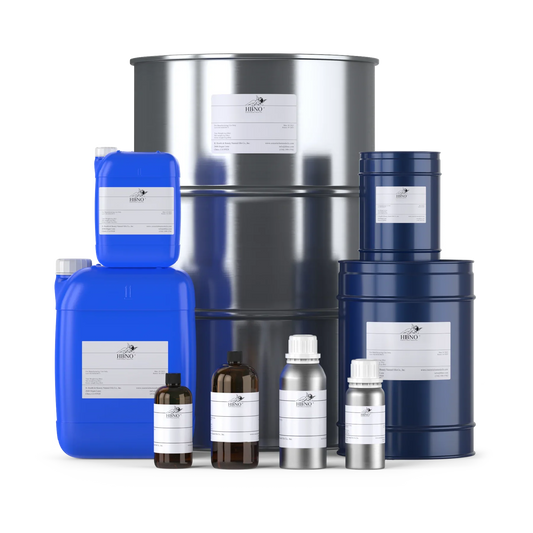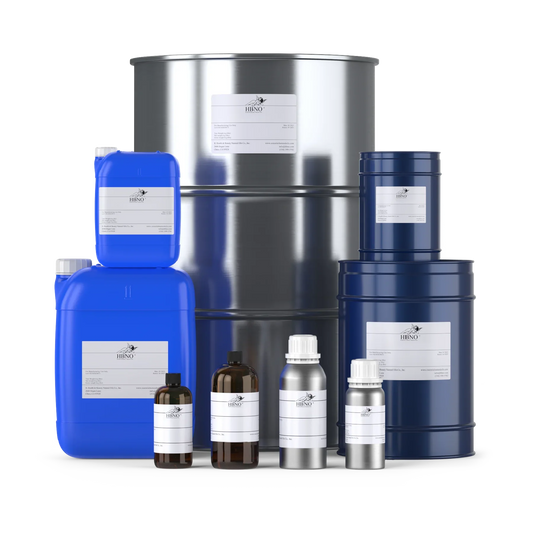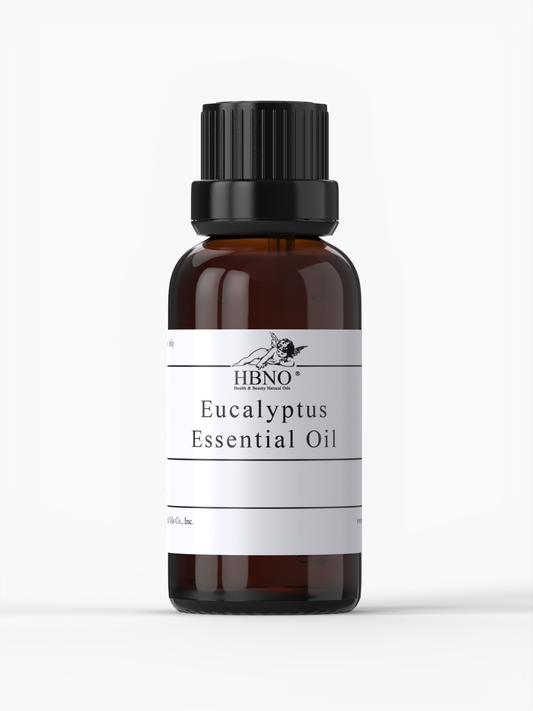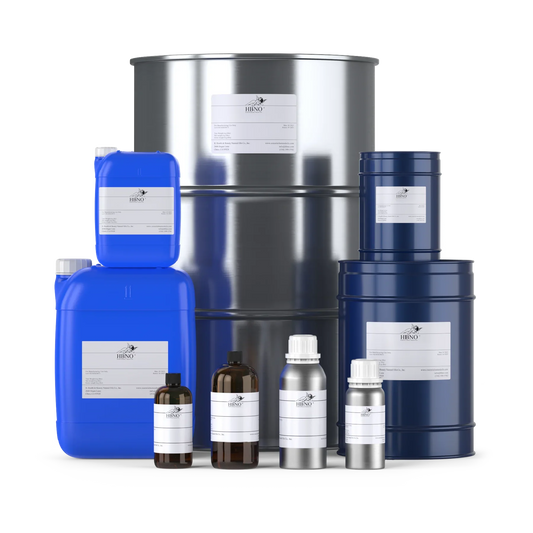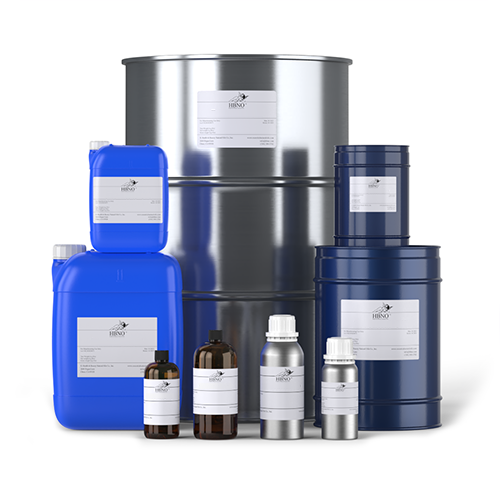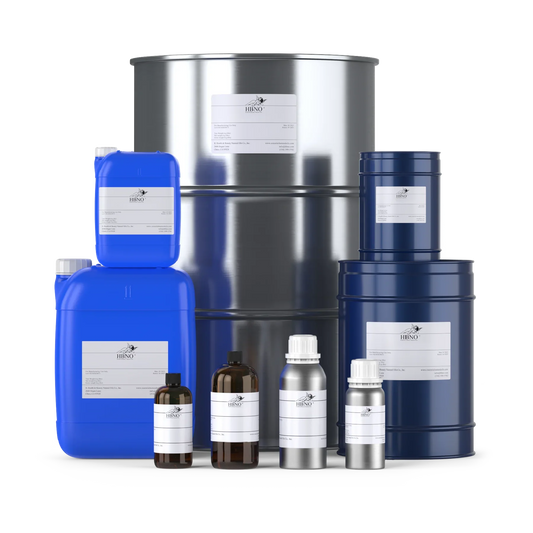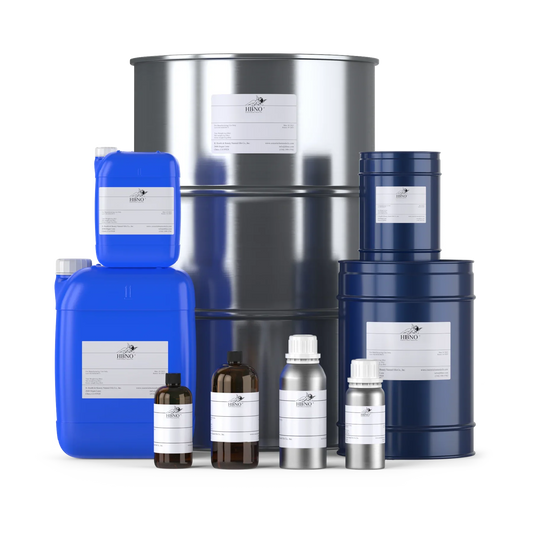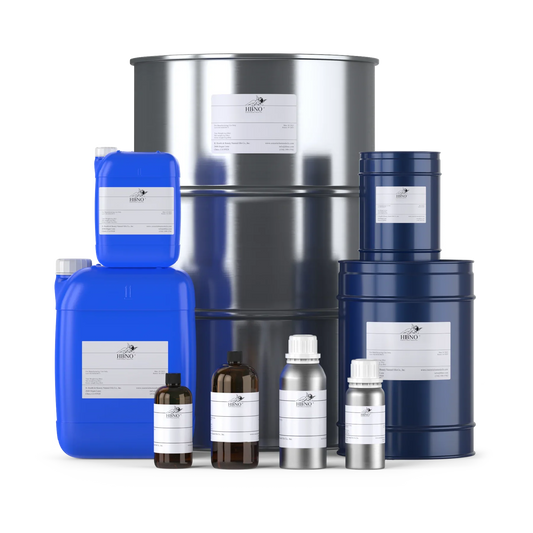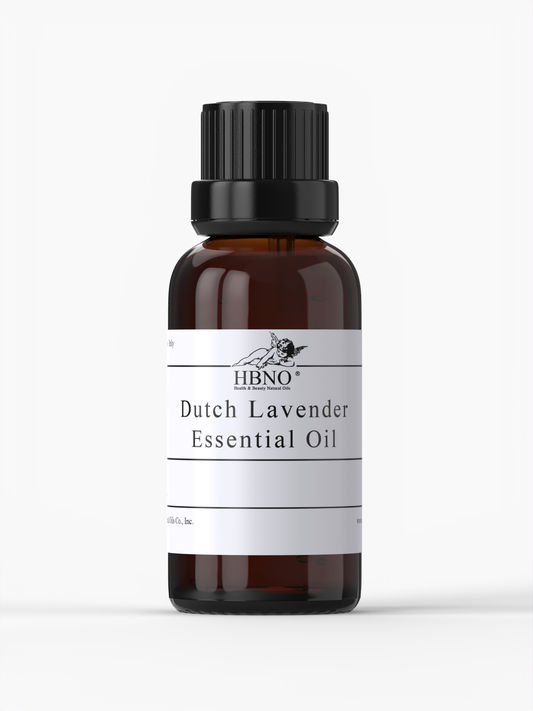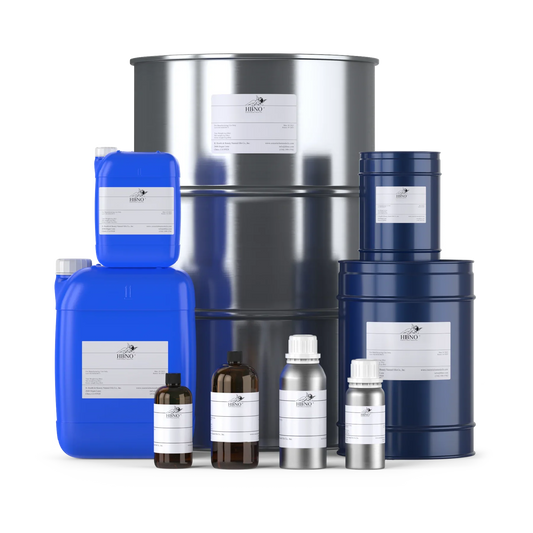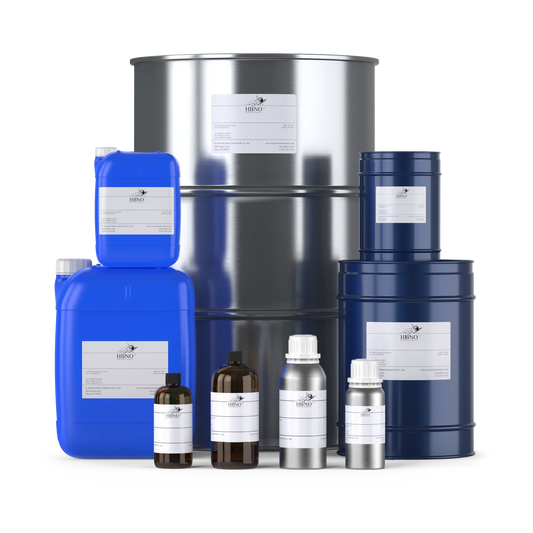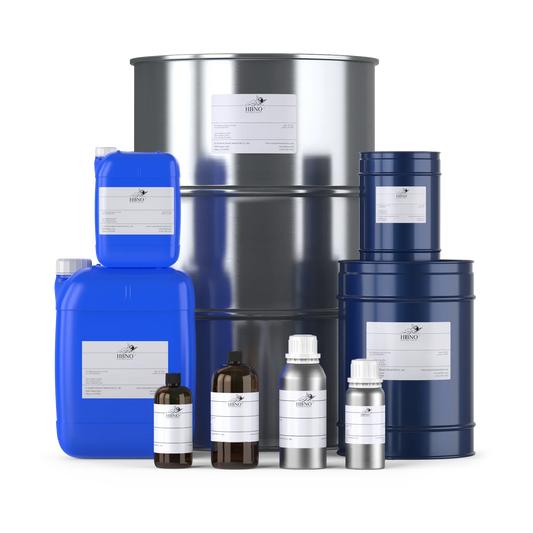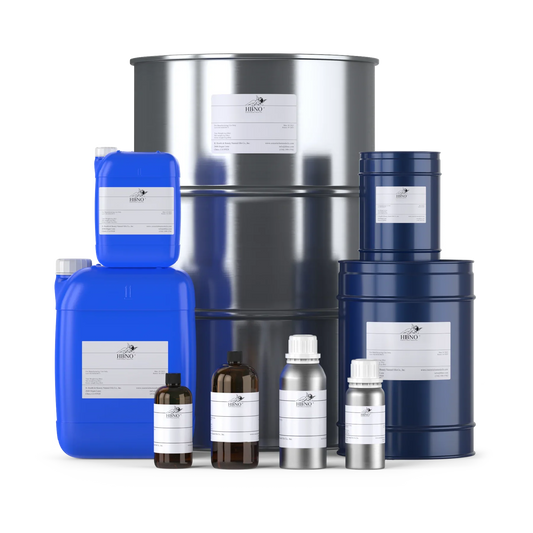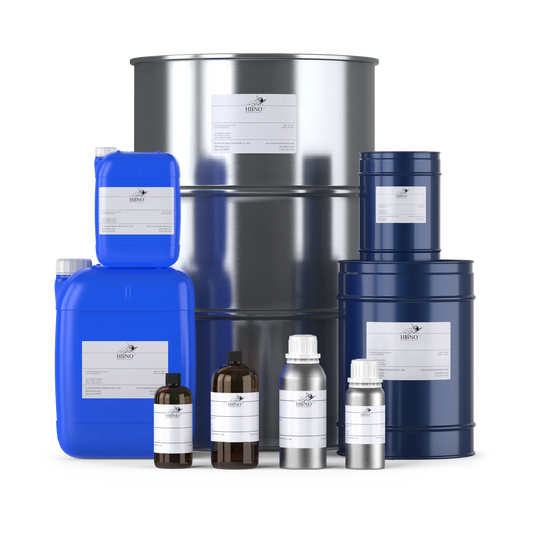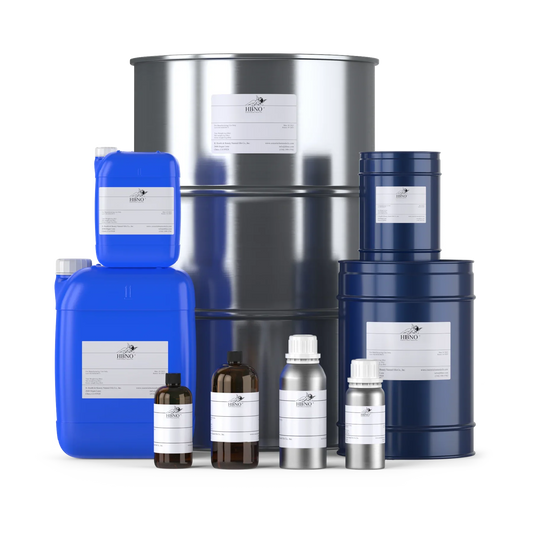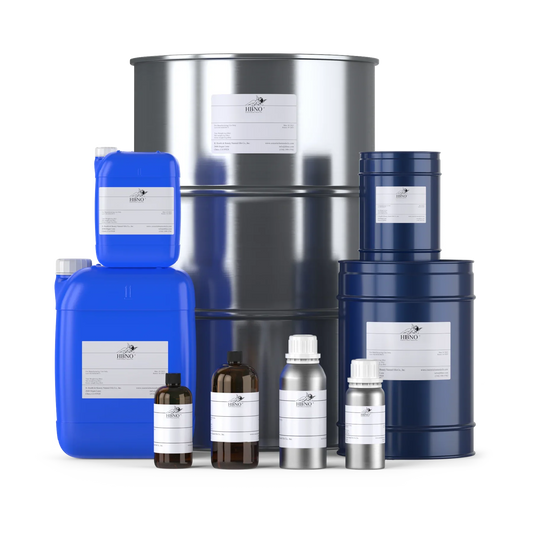Aromatic chemicals are a class of organic compounds that contain one or more aromatic rings. These rings are characterized by a special arrangement of electrons that gives them unique chemical properties, including characteristic odors often described as pleasant or sweet. These unique properties make aromatic compounds valuable in a wide range of applications, including pharmaceuticals, plastics, dyes, fragrances, and agrochemicals.
Aromatic Chemicals
HBNO specializes in the procurement and manufacture of aromatic ingredients, including aromatic chemicals.
Here are some industries that utilize aromatic chemicals extensively:
1. Pharmaceutical Industry
Aromatic compounds are indispensable in the synthesis of a wide range of pharmaceuticals. Their unique properties contribute to the efficacy and stability of these medications.
2. Plastics and Polymers Industry
Aromatic chemicals are used in the production of plastics and polymers, such as polystyrene, polyethylene terephthalate (PET), and polyvinyl chloride (PVC). These plastics are widely used in packaging, construction, automotive parts, and various consumer goods.
3. Fragrances and Flavors Industry
Aromatic chemicals are the backbone of the fragrances and flavors industry. They are used to create perfumes, colognes, cosmetics, food flavorings, and beverages. Their ability to mimic and enhance natural scents and flavors is crucial in this industry.
4. Agrochemical Industry
Aromatic compounds are used in the production of pesticides, herbicides, and fungicides that protect crops from pests and diseases. They play a critical role in ensuring food security and reducing post-harvest losses.
5. Dyes and Pigments Industry
Aromatic chemicals are components in the production of dyes and pigments that color textiles, paints, and various materials. Their ability to create vibrant and durable colors is crucial in this industry.
6. Personal Care Industry
Aromatic chemicals are widely used in personal care products, such as soaps, shampoos, lotions, and cosmetics. They are used to improve the scent, texture, and effectiveness of these products.
7. Solvent Industry
Aromatic chemicals, such as benzene, toluene, and xylene, are important solvents in various industrial processes. They are used to dissolve and extract substances, facilitate reactions, and clean and degrease surfaces.
8. Adhesives and Sealants Industry
Aromatic chemicals, such as styrene and formaldehyde, are used in the production of adhesives and sealants. They contribute to the strength, durability, and adhesion properties of these materials.
9. Electronics Industry
Aromatic chemicals are used in the production of electronic components, such as printed circuit boards, resins, and insulating materials. They provide essential properties for the performance and reliability of electronics.
10. Detergents Industry
Aromatic chemicals are used in the formulation of detergents and cleaning agents. They help to emulsify dirt and grease, enhance cleaning power, and improve the overall performance of these products.
Aromatic chemicals may be natural or synthetic. The primary distinction between natural and synthetic aromatic chemicals lies in their origin and production methods:
• Natural aromatic chemicals are compounds found in nature, primarily extracted from plants. Examples of natural aromatic chemicals are essential oils such as lavender, peppermint, and citrus oils. Other natural compounds found in plants include terpenes, such as limonene, pinene, and myrcene, each with its unique aroma profile. Yet other natural aromatic compounds are cinnamaldehyde, responsible for the distinctive cinnamon flavor and aroma, vanillin, the compound that gives vanilla its flavor, and eugenol, the compound that gives cloves their spicy aroma.cs.
Triethyl citrate (TEC), while not an aromatic compound, is another widely used natural compound. Produced by the fermentation of ethanol and citric acid (both naturally-occurring substances,) TEC is a colorless, odorless, non-toxic and biodegradable liquid that is safe for human consumption. It is soluble in both water and oil, making it an excellent emulsifier in food formulations. This property is useful for creating thicker sauces, smoother creams, and more spreadable dips. TEC also finds application in cosmetics as a solubilizing agent for fragrances and essential oils, enhancing their release and improving fragrance performance. It also acts as a skin conditioning agent, promoting hydration and reducing skin irritation. TEC is also used in a variety of other applications, including pharmaceuticals, plastics, paints and coatings, and electronics.
• Synthetic aromatic chemicals are produced in laboratories. They are often designed to mimic the scents of natural aromatic chemicals, but they can also be used to create new and innovative fragrances. Some common examples of synthetic aromatic chemicals include benzyl acetate, the compound that gives jasmine its floral aroma, and linalool, a compound used to create the scent of lavender in a variety of products, including perfumes, soaps, and candles. The synthetic compound ethyl vanillin is used to mimic the scent of vanilla in a variety of products, including food, perfumes, and cosmetics.
There are several reasons why perfumers might choose to use synthetic aromatic chemicals instead of essential oils in their creations. Here are some of the key advantages of using aromatic chemicals:
In summary, both natural and synthetic aromatic chemicals play significant roles in various industries and applications. Natural aromatic chemicals offer a connection to nature and a reputation for safety, while synthetic aromatic chemicals provide consistency, cost-effectiveness, and control over their properties. The choice between natural and synthetic aromatic chemicals depends on specific requirements, such as scent profile, cost, availability, and safety considerations.
hen considering the right product for your formulations, note that some aromatic compounds, whether natural or synthetic, can be harmful if they are inhaled, ingested, or absorbed through the skin. However, other aromatic compounds like Vitamin E and Vitamin K are not harmful and in fact are essential for human health. What’s more, compounds like ethanol and isopropyl alcohol are antiseptics that kill microorganisms on the skin, and disinfectants which eliminate microorganisms from surfaces. They can significantly reduce the risk of infections in hospitals, homes, and public settings.
